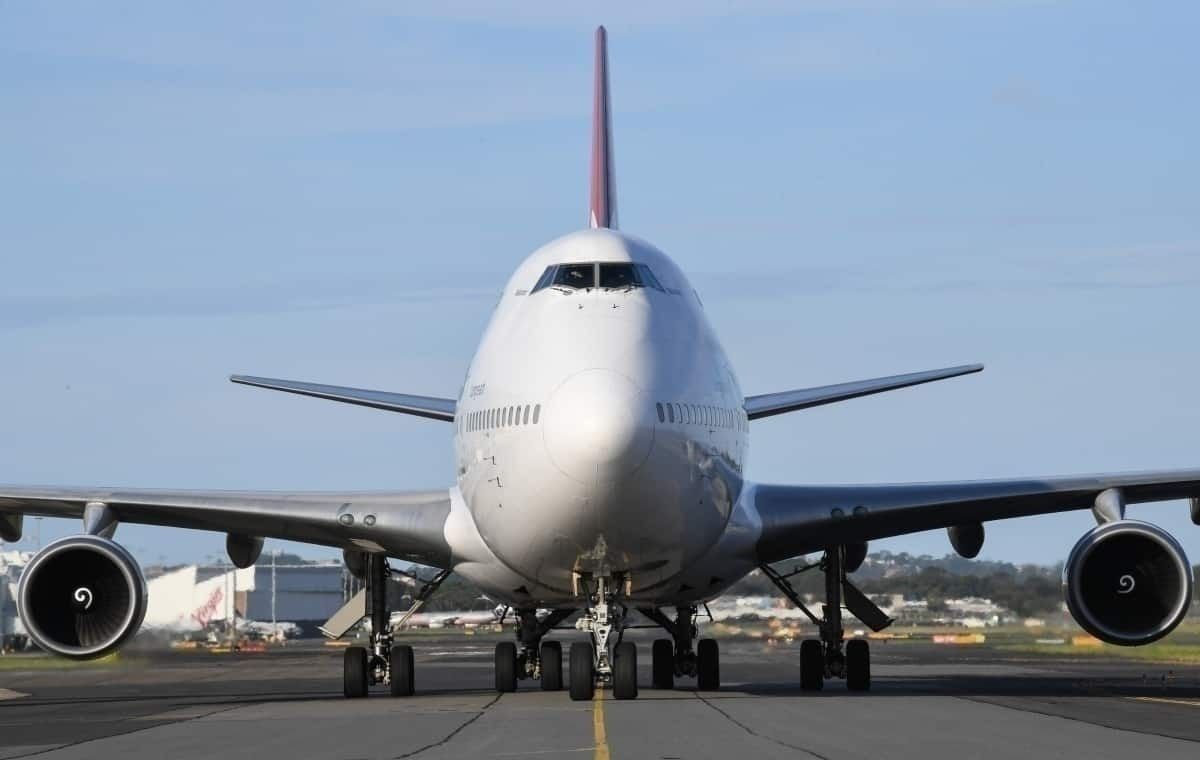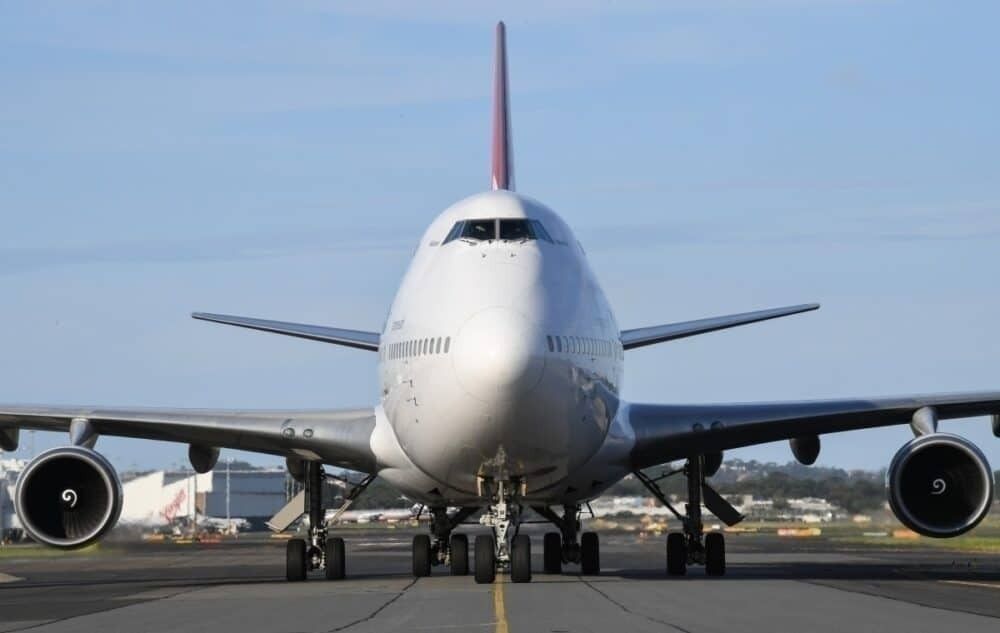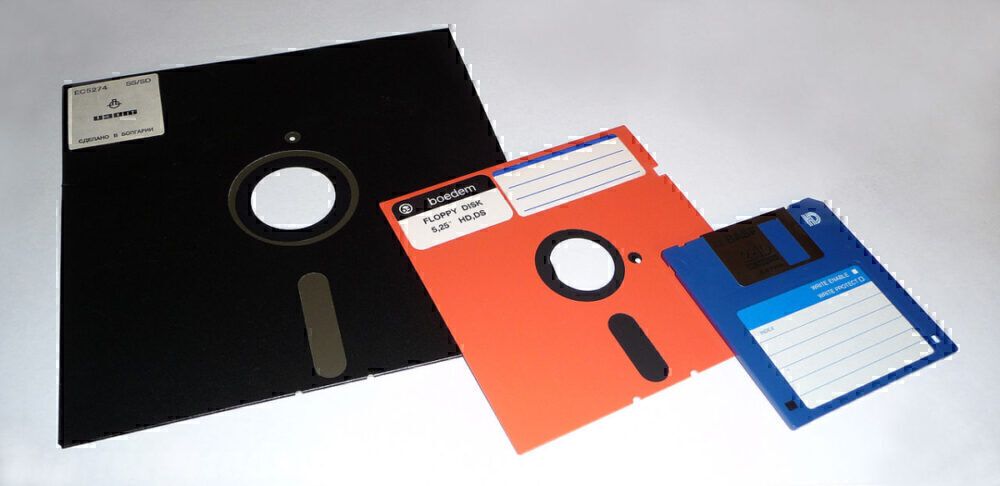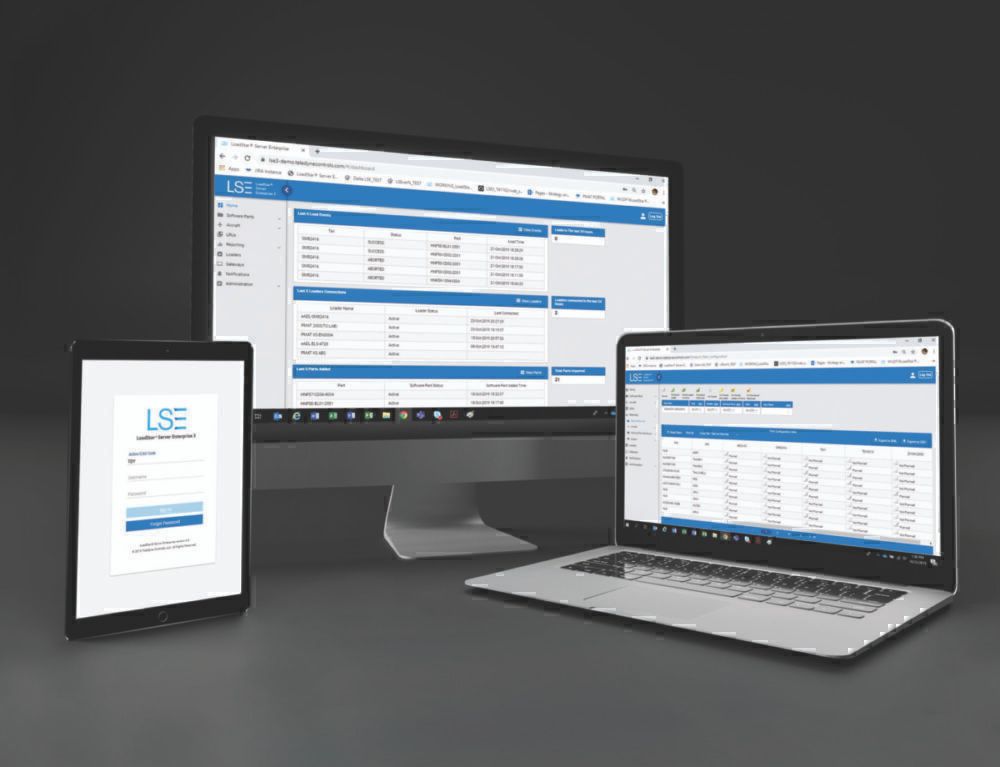While many of us will not have seen a floppy disk for decades, for aircraft engineers, it’s just part of the everyday job. Critical data is loaded onto the Boeing 747 and other aircraft using a simple three and a half-inch floppy. Here’s why.
What’s that then?
If you asked anyone born after the turn of the Millenia what this is, most would not have a clue.
The floppy disk was originally invented by IBM in 1967 and served as the primary source of data transfer on computers for the next couple of decades. The earliest were large eight-inch disks, which were literally ‘floppy,’ as in you could bend them around.
These were eventually superseded by smaller five-and-a-quarter inch disks in the 70s, and finally, the three-and-a-half inch format that appeared in 1982 encased in hard plastic shells.
With the advent of new flash drive technology, like USB sticks and memory cards, the floppy disk largely vanished from the world. By 2,000, they were increasingly rare, only really used with legacy hardware or for nostalgic reasons. Oh, and the world’s second-fastest passenger plane, the Boeing 747-400.
Stay informed: Sign up for our daily aviation news digest.
Critical nav updates via floppy disk
Pen Test Partners (PTP) in the UK revealed this fact while having a ‘poke about’ in an ex-BA 747, which was in the process of being scrapped. Alex Lomax of PTP took a scoot through the cabins, down the access hatch at the back of First and into the avionics bay. It was quite a fascinating tour that you can watch in full below.
But when he took us upstairs to the ‘bubble’ and forward to the cockpit, things got a lot more interesting. Of particular fascination is the Navigation Database Loader, which is still updated by floppy disk. Lomax said,
“It still uses a three and a half inch floppy disc. This database has to be updated every 28 days, so you can see how much of a chore this must be for an engineer to visit each month.”
And it’s not just the 747 that’s updated via floppy disk either. A significant number of airlines are still using floppy disks for software loading and data transfer, despite all the advancements that have otherwise rendered these useless. An engineer made this Instructable while he was performing the monthly update.
The end of the floppy disk?
The use of floppy disks is not immensely surprising when you think about it. The Airbus A320 was introduced in the 80s when this was the primary means of data transfer. The 747 is from a similar era, although the newest iteration, the 747-8, has likely stepped it up to something slightly more modern.
There’s often a lag between aviation design and IT, purely because it takes so much time to certify and bring to service new products. However, there is one company that is hoping to put an end to the era of the floppy disk.
Teledyne Controls has teased its forthcoming Loadstar Server Enterprise 3 (LSE 3), which it says has the ability to eliminate the use of floppy disks and other physical media, instead performing data loading via wireless networks. This could be a positive investment for post-pandemic airlines who are looking to reduce costs, as it would remove the inefficiency of having an engineer visit every 28 days.
Are you surprised aircraft are still updated via floppy disk? Let us know in the comments.




